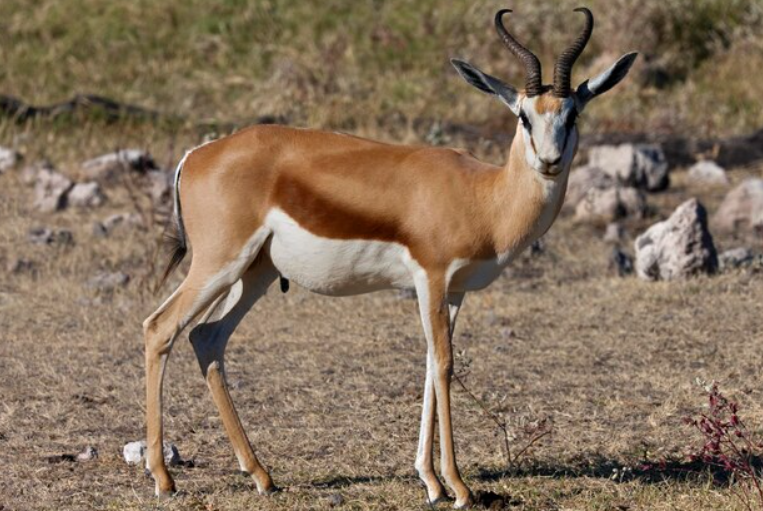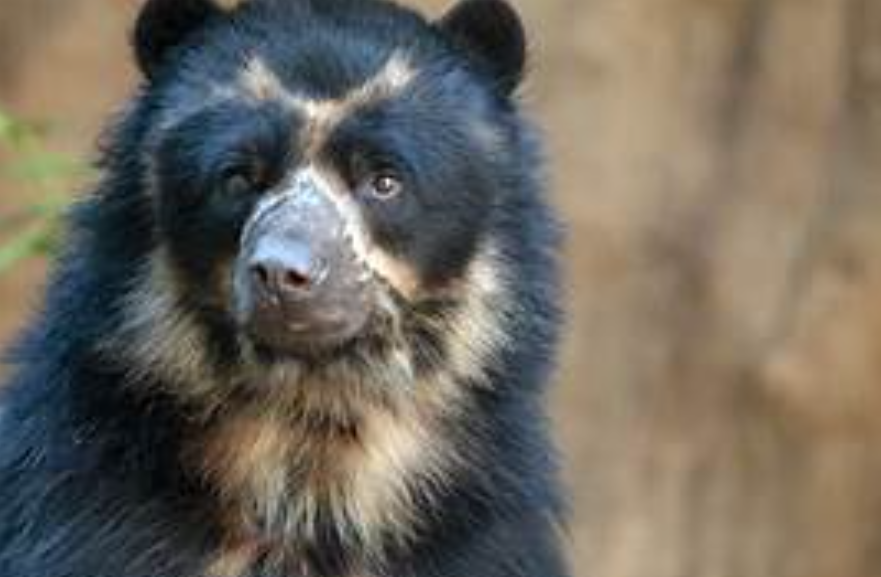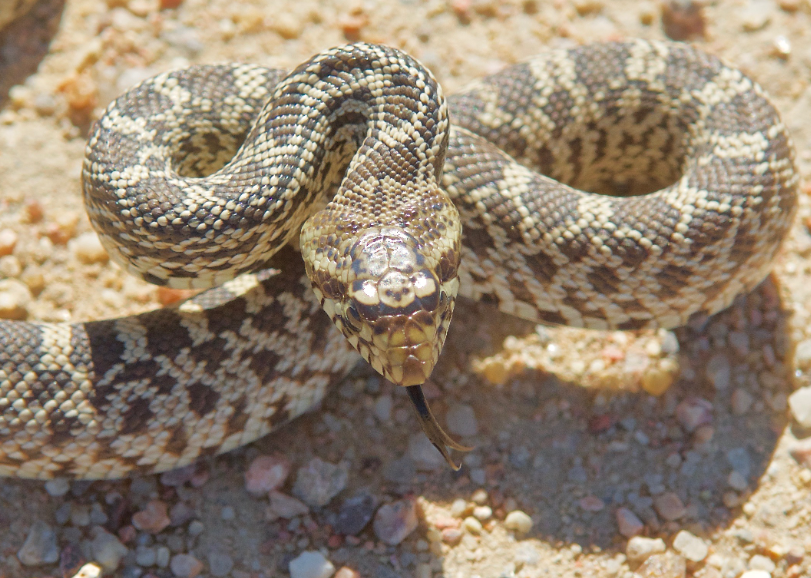
Origin and habitats of bullsnakes
Pituophis catenifer sayi, often referred to as bullsnakes, are non-venomous snakes belonging to the Colubridae family. Native to North America, they are mostly found in the west and centre of the continent. Bullsnakes are amazing animals with unusual traits and habits. Bullsnakes deserve our awe and respect because of their amazing size, clever defence mechanisms, and significant contribution to ecosystems.
Physical appearance and color variations of Bullsnakes
These snakes are well known for their enormous size, growing up to six feet in length, and some of them may even reach eight feet. One thing that makes bullsnakes unique is their colour. Their fundamental tint, which ranges from yellow to light brown, is emphasised by the dark brown or black speckles on their bodies. Their colour pattern allows them to blend in with their surroundings and efficiently conceal themselves from prying eyes. Bullsnakes also have a triangular-shaped head and keeled scales, which give them a rough feel.
Defense Mechanisms of Bullsnakes
Bullsnakes are known to mimic the actions of rattlesnakes when they feel threatened. They may flatten their heads, hiss loudly, and vibrate their tails to make a noise similar to a rattlesnake’s. The defensive reaction of the bullsnake typically deters potential predators who mistakenly assume that it is a venomous snake. But it’s important to keep in mind that, in their natural environments, bullsnakes are beneficial since they keep rodent populations in check and are harmless for humans.
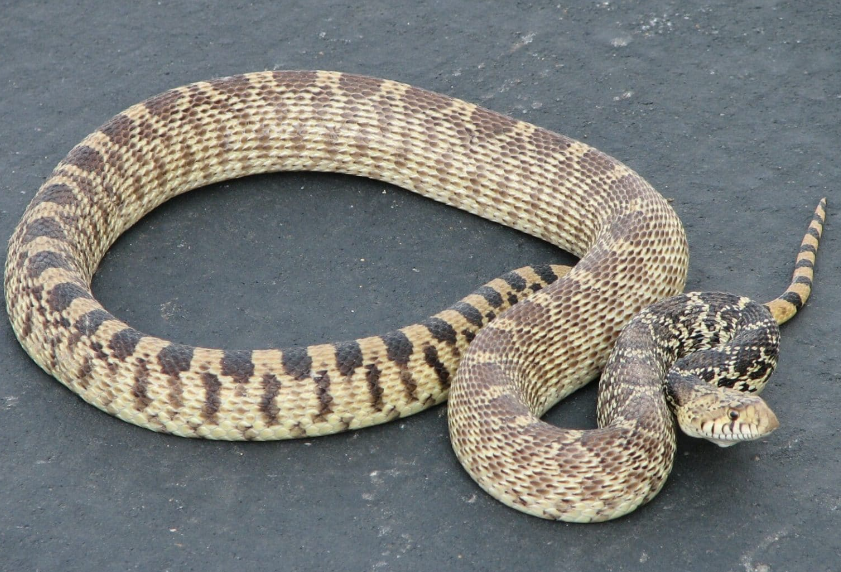
Intriguing facts about bullsnakes
The bullsnake is one of the most misunderstood snakes. Its remarkable size and protective tendencies. We’ll look at some intriguing facts about bullsnakes below, which will help you recognise and comprehend these amazing animals.
Physical Characteristics of bullsnake
One of the biggest snakes in North America is the bullsnake. It may reach a maximum length of six feet, and some people can grow considerably longer. These snakes have a triangular-shaped head and a robust body. Although they may have a variety of colours, they usually have light brown or yellow bodies with patches of black or dark brown throughout.
Habitat and distribution of Bullsnakes
Bullsnakes inhabit a diverse array of ecosystems in North America. They are found in woods, meadows, and even deserts. Although they may be found all the way from Canada to Mexico, the central and western regions of the United States are home to these snakes most often.
Diet and prey preferences for bullsnakes
Rats are the main food source for bullsnakes, which are strong constrictors. They are skilled hunters who can eat creatures larger than their own heads. It is known that these snakes consume small birds as well as mice, rats, and rabbits. In their native environments, they are crucial in keeping rodent populations under control.
Unique defence system of bullsnakes: Rattling tail mimicry
Bullsnakes have a few unique defence systems that they use when threatened. They often imitate rattlesnake behaviour by hissing loudly, puffing up their bodies, and vibrating their tails. Usually, this kind of bluffing is sufficient to scare off predators. If the danger persists, they could bite or attack as a final option.
Reproduction cycle and lifespan of bullsnakes
When compared to other snake species, bullsnakes have a rather long lifespan. In the wild, they may live up to 20 years, and in captivity, much longer. These snakes mature sexually between the ages of three and four. Throughout the mating season, males will fight for the privilege of mating with females. Females deposit a clutch of eggs after mating, which they must incubate for around sixty days.
The importance of Bullsnakes in maintaining balance in ecosystems
Bullsnakes are essential to keeping their habitats in balance. Because they are effective rodent predators, they aid in the management of pest populations that have the potential to harm crops and transmit illness. Bullsnakes maintain the general health and stability of their environments by controlling rodent populations.
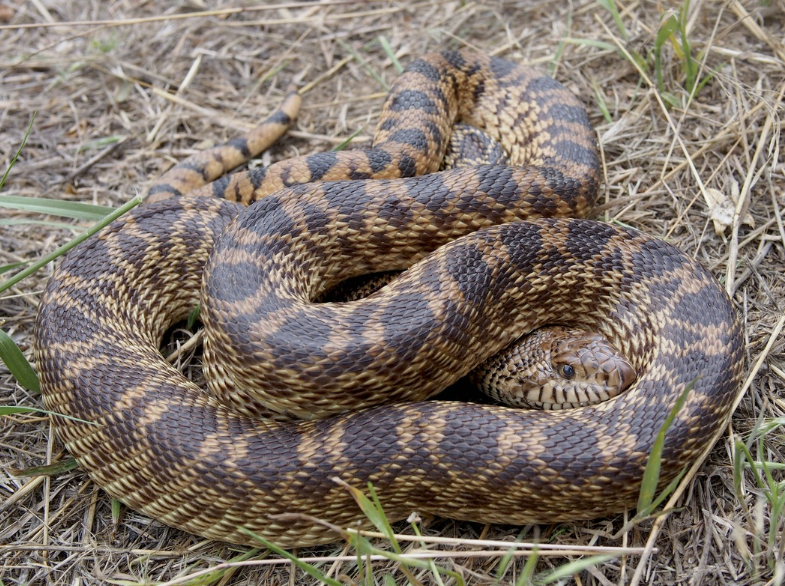
Threats and conservation efforts for Bullsnake
The bullsnake is currently not considered a threatened or endangered species. Their numbers are threatened by habitat loss and harassment by humans, however. To guarantee the survival of these amazing snakes, it is crucial to preserve and maintain their native habitats. We can help conserve these amazing reptiles and guarantee their existence for future generations by learning about and coming to appreciate them.
